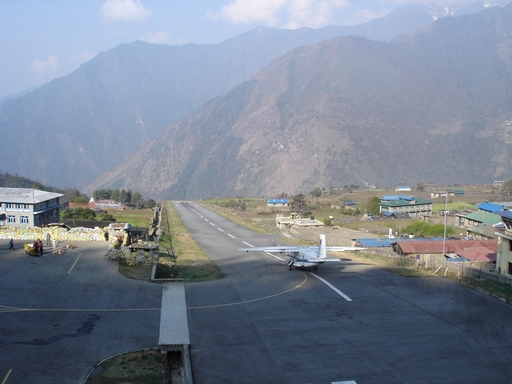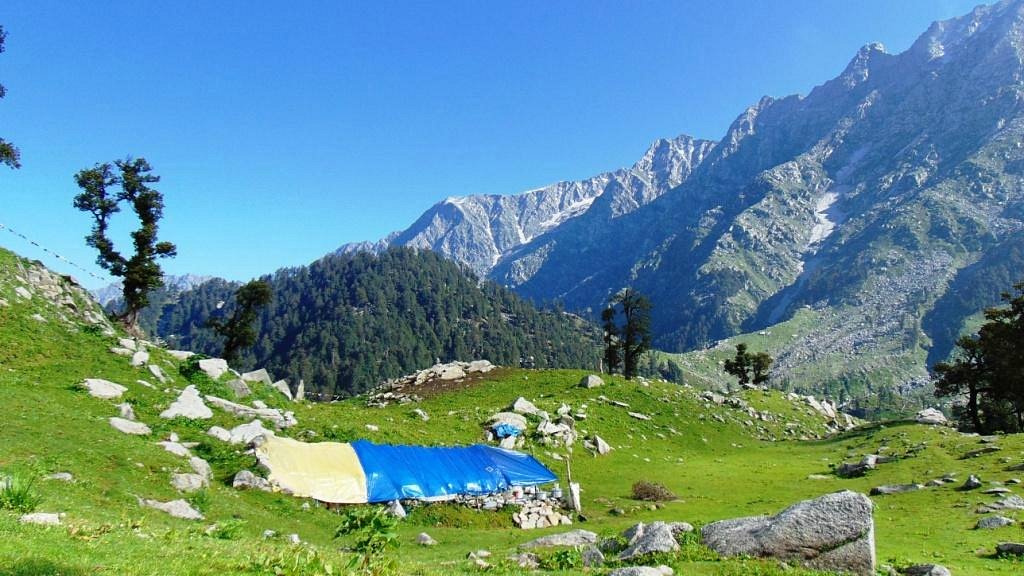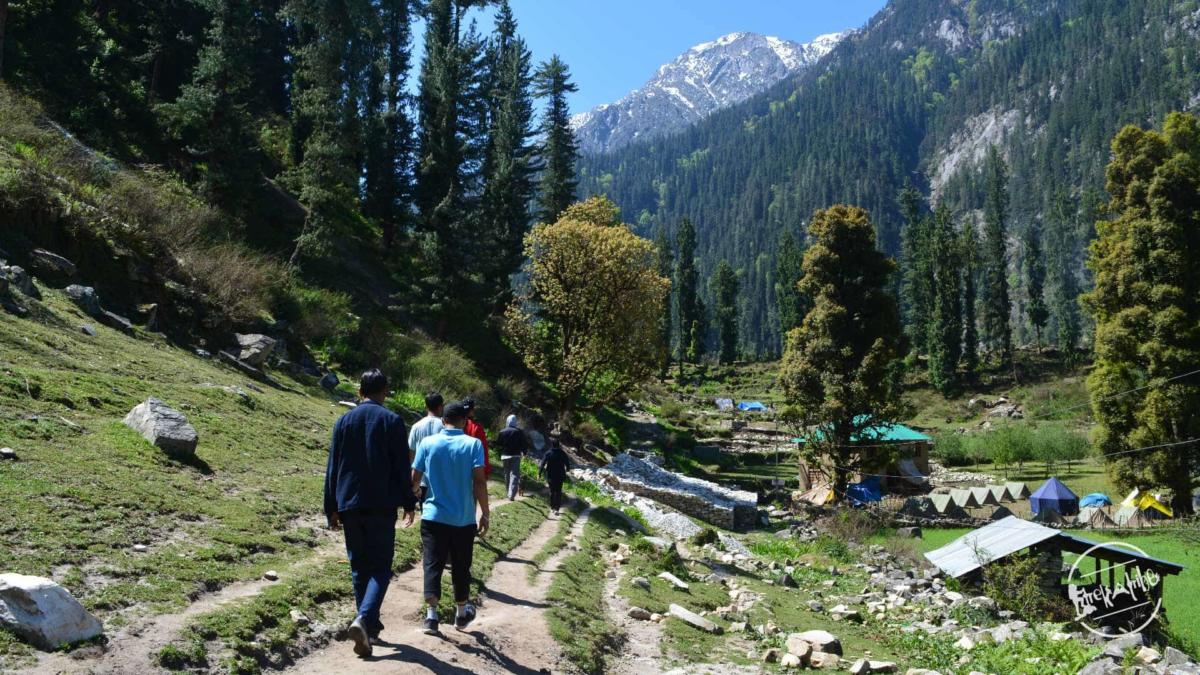Everything you should know about Spiti Valley
Introduction
Nestled in the northern part of India, amidst the mighty Himalayas, lies a hidden gem that beckons adventure seekers, nature lovers, and spiritual wanderers alike. Spiti Valley, often referred to as the “Middle Land,” . it is a remote and enchanting destination that offers a unique blend of rugged landscapes, ancient monasteries, and a rich cultural heritage. In this article we will take you on a journey through all you need to know about Spiti Valley from its geography and climate to its attractions and experiences.
Geograhy and Location
Spiti Valley is situated in the northeastern part of the Indian state of Himachal Pradesh. It is a high altitude desert region surrounded by the Greater Himalayas to the north and the Pir Panjal Range to the south. The valley lies at an average altitude of around 3,800 meters (12,500 feet) above sea level. making it one of the highest inhabited regions in the world. Its remote location and challenging terrain contribute to its untouched beauty and pristine landscapes.
Climate
One of the most important factors to consider when planning a trip to Spiti Valley is its climate. Due to its high altitude and geographical location. Spiti experiences extreme weather conditions. Winters are harsh, with temperatures plummeting well below freezing and many areas becoming inaccessible due to heavy snowfall. The best time to visit Spiti Valley is during the summer months from June to September. When the weather is relatively milder, and most roads are open for travel.
Getting There
Reaching Spiti Valley is an adventure in itself. The nearest major town with good road connectivity is Manali, which is about 200 kilometers (124 miles) away. You can reach Manali by road from Delhi or Chandigarh and then continue your journey to Spiti. Another option is to approach Spiti from Shimla. The capital of Himachal Pradesh. Which is approximately 450 kilometers (280 miles) away.
Attractions in Spiti Valley
1. *Key Monastery:* One of the most iconic landmarks in Spiti. The Key Monastery, perched atop a hill, is a Tibetan Buddhist monastery that dates back to over a thousand years. The monastery’s stunning architecture and serene ambiance make it a must-visit.
2. *Chandratal Lake:* Known as the “Moon Lake” due to its crescent shape, Chandratal is a high altitude lake surrounded by snow-capped peaks. It’s a paradise for trekkers and photographers, offering breathtaking views.
3. *Kibber:* This picturesque village is one of the highest inhabited regions in the world. It is known for its traditional houses, barley fields, and proximity to wildlife like the elusive snow leopard.
4. *Tabo Monastery:* Often referred to as the “Ajanta of the Himalayas,” Tabo Monastery is renowned for its ancient murals, sculptures, and meditation caves. It’s a UNESCO World Heritage Site.
5. *Dhankar Monastery:* Perched dramatically on a cliff, Dhankar Monastery offers panoramic views of the Spiti Valley. It’s a great place to learn about Tibetan Buddhism and meditate.
6. *Pin Valley National Park:* This national park is home to diverse flora and fauna, including the endangered snow leopard. It’s a paradise for wildlife enthusiasts and trekkers.
7. *Langza:* Known for its unique landscape and the presence of fossilized marine creatures, Langza is a charming village that allows you to experience the local way of life.
Experiences to Savor
1. *Trekking:* Spiti Valley offers numerous trekking opportunities, ranging from easy hikes to challenging high-altitude treks. Popular treks include the Pin Parvati Pass and the Hampta Pass.
2. *Stargazing:* Due to its high elevation and remote location, Spiti Valley is an excellent place for stargazing. You may see an amazing display of stars and constellations on clear evenings..
3. *Cultural Immersion:* Interacting with the local people, who are primarily of Tibetan descent, can be a profoundly enriching experience. You can visit traditional villages, attend local festivals, and savor authentic Tibetan cuisine.
4. *Photography:* Spiti Valley offers some of the most stunning and dramatic landscapes in the world. Whether you’re an amateur or professional photographer, you’ll find endless opportunities to capture the beauty of the region.
5. *Meditation and Yoga:* The tranquil environment and spiritual atmosphere of monasteries make Spiti Valley an ideal place for meditation and yoga retreats. Many monasteries offer meditation sessions and classes.
Travel Tips
1. *Permits:* Certain areas of Spiti Valley, especially those near the international border, require permits for tourists. Make sure you are prepared with the necessary licences.
2. *Altitude Sickness:* Due to the high altitude, some travelers may experience symptoms of altitude sickness. It’s essential to acclimatize properly, stay hydrated, and seek medical assistance if needed.
3. *Pack Wisely:* Spiti Valley has limited access to essentials, so pack everything you’ll need, including warm clothing, medicines, and camping gear if you plan to trek or camp.
4. *Respect Local Culture:* Spiti Valley is deeply rooted in Tibetan Buddhism, so it’s important to be respectful of the local culture and customs. Dress modestly when visiting monasteries and seek permission before taking photographs.
Conclusion
Spiti Valley is a destination that leaves a lasting impression on anyone fortunate enough to explore its rugged terrain and vibrant culture. Whether you’re seeking adventure, spiritual enlightenment, or simply a break from the hustle and bustle of city life, Spiti has something to offer everyone. With its breathtaking landscapes, ancient monasteries, and warm-hearted inhabitants, Spiti Valley is a place that will etch itself into your memory forever. So, plan your journey wisely, and get ready to embark on an unforgettable adventure in the heart of the Himalayas.



